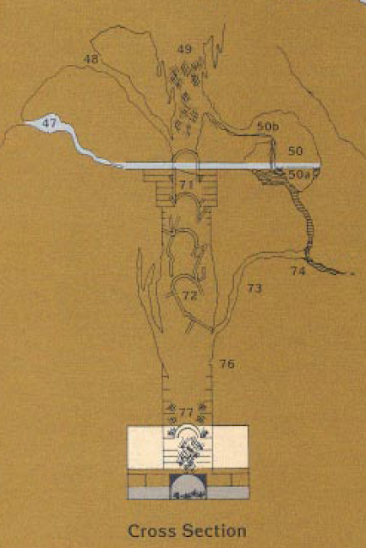 |
| Airfix Robin Hood figures, as shown on Plastic Soldier Review |
I've never had many miniatures, although I will (soon?) be getting a large batch of them from the Reaper Bones Kickstarter. Recently I was looking for some cheaper plastic figures for my kids to play with, and I was surprised to see that the Airfix Robin Hood sets mentioned by Gygax in Chainmail in 1971 are still available new. On page 8, he wrote:
"The LGTSA Medieval Minatures Rules ... may be used equally well with any scale -- including the inexpensive Airfix "Robin Hood" and "Sherriff of Nottingham" 25mm plastic figures."
Apparently these sets were reissued a few years ago, and thus can still be purchased new on Amazon or Ebay for $10 or less. The figures are the same although the color of the plastic may be different.
From the reviews on Amazon I think these figures will be too fragile for the kids, so I ended up ordering a set of larger (60 mm) Jecsan Crusader Knights off Ebay. Though I'm still tempted to get a set of the cheap Airfix figures to join the forthcoming Bones minis.
Some folks paint the Airfix figures in elaborate fashion:
 |
| The same Robin Hood set shown above, but painted by Ratch as posted here |
Update:
I remembered that Gygax also wrote in a 1972 article, "Fantasy Battles", about using the Airfix Robin Hood figures as Hobbits vs 40 mm Elastolin figures.






